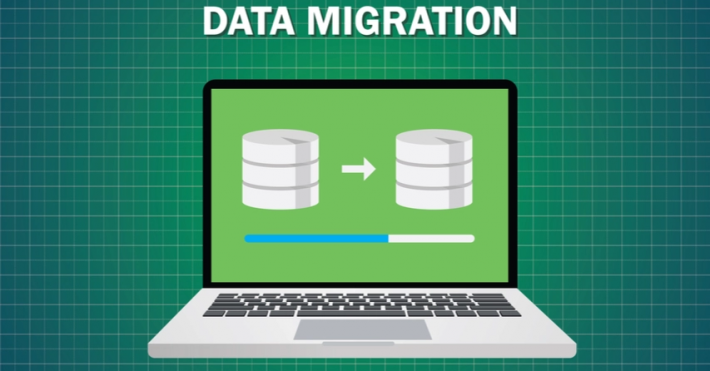According to research, just 36% of data migration projects are able to maintain the forecasted budgets, while just 46% of them are delivered on time. This shows the challenges every data system manager and IT encounters when they plan to modernize their infrastructure and migrate away from the legacy data storage system. About 38% of data migration projects fail due to the challenges.
Although statistics show a bleak picture of wasted effort and money wastage, it is important to remember that data migration is challenging and comes with many risks. But being aware of the common problems can potentially help in the projects. It can increase the chances of smooth data migration.
To solve the problems, you first have to learn about them. So, let’s find out the data migration challenges you might have to face.
Source Data Complexity
A company’s data is a massive amount. The sheer volume of data might cause you to run into different issues with the source data. It is not as simple as it sounds, especially when you have to do some analysis and configuration to make your way through data complexity. Moreover, there are various other factors that add to the complexity.
- Data Transformations: Not every mainframe works the same way. So, if you were working on a dated storage format, you have to change the format to store it in the new database. Suppose you are scraping job data, you need to make sure all the relevant fields like job title, salary, job role, and experience are stored in the correct format.
- Data Normalization: Using the same CMS for years means the same data being stored in different locations. You have to go through all these locations to find one piece of data, and then make sure it has only been stored once, and that too, at the right place in the new CMS. The whole process is known as data normalization.
- Coded Fields: You might be storing 40-digit claim numbers in one field in the old CMS but shifting data, breaking them into coded fields can ease the process. With this, you make sure that you get access to relevant data in no time. You don’t have to look at a long number and decode it.
Absence of Integrated Processes
Data migrations mean different people using different technologies. One common example is using spreadsheets to document data, but it is prone to human errors. These data and their errors are not easy to analyze or migrate. Furthermore, using contrasting technologies can lead to data migration failure as it leads to a gaping hole between the analysis, development, and implementation phase. Often important details tend to get lost in translation.
As an organization, you have to use a platform that links valuable inputs and outputs at every stage. This can not only reduce unnecessary errors but also save you money and time.
Lack of Coordination within the Teams
Since it is a complicated task and involves many people, there has to be proper coordination between the teams. All stakeholders have their own understanding of roles and scope of participation. The muddled responsibilities and cross purposes can lead to mistakes and spoil the entire plan. At times, participants even look for faults in their colleagues and look forward to them failing.
Without collaboration software serves as a contact point between different members of the team. This helps in avoiding misunderstandings and keeping everyone on the same page.
Data Corruption
Whether you accept it or not, data corruption can be a big problem during data migration. Even if a single piece of data is lost, your organization can suffer a huge loss. It can also lead to data integrity issues. But there are ways to avoid such data migration challenges.
- Reconcile the Account While Migrating: Before you start with the data migration process, know how many records you have to transfer to the new system. If the output doesn’t match the calculated number, you have to find out why it happened.
- Use Tools for Validating the Migrated Data: After migrating data to the new system, it is crucial to ensure everything is as it should be. For instance, checking that the characters in every claim number field is correct. You can use some tools to validate these details.
Not Paying Close Attention to Testing
Being over-excited by the smooth completion of the data migration process can cause you to forget all about testing. But you have to check the new files deposited in the system to ensure nothing has been deleted in the process. What if after data migration something doesn’t work.
The data transfer process is not complete until you make sure everything is working as it should. This is particularly true in the case of apps. So, before you take any irrevocable steps, run a few tests that will ensure the proper functioning of the operations that you used to run in the old system. The test will reveal the bugs in the newly migrated data and you can fix them on time.
Test early and test often. Keep running tests during the whole migration process. testing has to be continuous, and not something that you should start with once the whole process is complete.
OverComing Data Migration Challenges
The data migration process can be daunting. It is challening when there are multiple data sources that have to be merged into one system. To succeed, you have to prepare well. Furthermore, make sure you have a better understanding of the legacy data.
Data migration is a routine IT operation, but even then, it leads to many disruptions that impact your budget. To prevent these issues, organizations should maintain a consistent and reliable system that lets them plan, migrate, and validate the migration. Finally, the best data migration technique is to carefully scrap data from the web and then migrate it into your existing system without losing any data.



